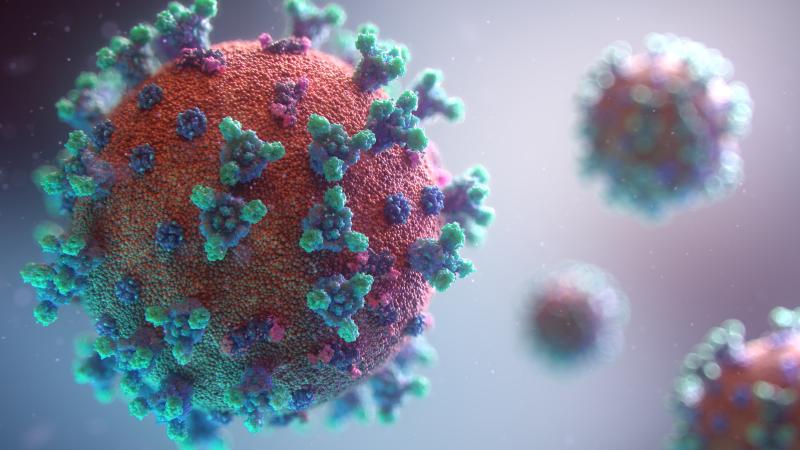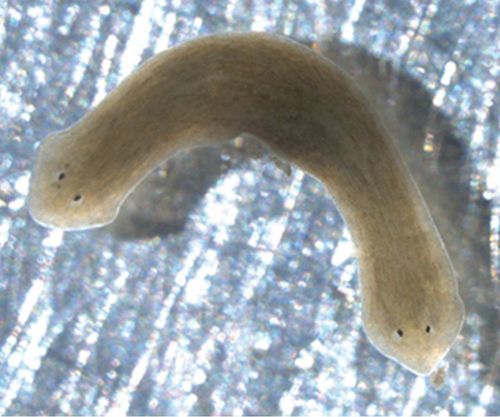
Photo by Fusion Medical Animation on Unsplash
Nina: Nana, I was just thinking about what Hamlet said, To be or not to be, is a tough question when it comes to a virus.
Nana: Good heavens! What are you babbling about? Only you could put a Shakespearean character and a virus in the same sentence, and expect it to make sense.
Nina: Why wouldn’t it make sense? I am pondering about the definition of life.
Nana: Is your latest strategy to waste it on pointless arguments?
Nina: I mean what is the fundamental difference between living and non-living?
Nana: Of all the silly questions, this one takes the cake. Who on earth cares? We know what a virus does, and how it functions, and defining it as living or non-living won’t change any of it. How does it matter if something is alive or not, as long as you can study how it behaves?
Nina: Hmm Nana, you think it’s only a functional definition that matters. Sort of like defining intelligence with the Turing test.
Nana: Of course, a functional definition is all that matters. What else is there? Remember Bliss from Foundation and Earth? If you can’t tell from any interactions with her if she is a naturally or artificially created human, then what does it matter which one she is.
Nina: Well she is annoying either way, I can tell you that.
Nana: Now, that we can agree upon.
Nina: But Nana, complex self replicating protein molecules are the precursors of life, and with time they evolve into life. But at what point, is my question?
Nana: Well it’s not so different from asking, is a seed alive? It holds the potential for life, but is it actually alive?
Nina: I see your point. The article I read, said viruses are like seeds. They are just DNA or RNA strands in protein packets, but put them inside a living cell and they take over the host cellular machinery to replicate and perform other metabolic functions. So outside a living cell they are like a seed with the potential of life, and the vulnerability of being destroyed.
Nana: But once they find the proper environment, which in this case is a host cell, they jump into action, multiply and thrive.
Nina: Exactly Nana.
Nana: So there you go. You know what a virus does. It lives on the edge. Haha.
Nina: You mean like the blurry line between life and non-life? I guess that makes sense. In fact, it’s more like a spectrum. The viruses make up the spectrum of transition from non-life to life with recent research revealing that the largest viruses include many genes that were thought to only belong to cellular organisms.
Nana: It's because viruses are so simple, that they also evolve faster than any living organism.
Nina: Oh yeah. The article also said that the nucleus of a eukaryotes probably comes from a virus making a permanent home inside prokaryotes like bacteria, which are cells without nuclei.
Nana: So we are all permanently infected? I mean as devastating as the corona virus is, it’s not the smartest of viruses. The smart ones hide inside the host leeching off them without really harming them so both host and virus can chug along for a very long time. I hope the corona virus gets smarter quickly, and mutates into something harmless. I can't bear to have you at home all the time.
Nina: But Nana all this changing and evolution makes biology very complicated. It’s so messy, unlike physics. Yet biophysics is an emerging field where information theory is helping to bridge the gap between physics and biology. I read an article where biophysicists are using electric pulses to make two headed worms. Yuck, it’s worse than Frankenstein.

Nana: Ugh. Why would you tell me that? I won’t be able to sleep tonight.
Nina: Well, I was sharing the joy of learning something new. It does make me feel better. Besides, if it helps, they are making two-tailed worms too.
Nana: Why do you think that would help?
Nina: I don’t know. Maybe you need symmetry in everything. You know, in case you were wondering, where are all the tails going.
This post is a part of the #NinaAndNana series I co-host with Lavanya Srinivasan. Her posts can be found here.